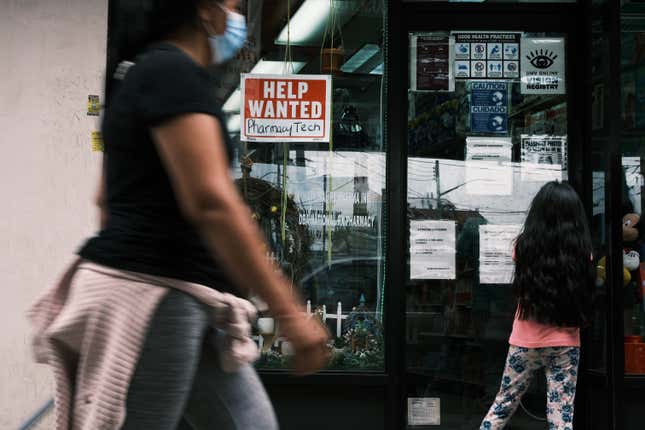Cutting Unemployment Benefits Isn't Solving Anything
Once again, the solution is to raise people's wages!
Work

I marvel at politicians’ and government officials’ insistence on reinventing the wheel, so to speak, to attempt to solve a problem when a much clearer answer lies in front of them. Usually, this impulse is cruel and willfully naive, as in the case of state governments cutting federal unemployment benefits in attempts to get people back to work. Thanks to new reporting from the New York Times, we can be even more certain that, in addition to it being morally reprehensible to deny people the benefits they need during an ongoing pandemic (or, really ever), it’s also an ineffective way to make those people return to the workforce. And in fact, the states that have done so may be doing worse than those that have continued to provide residents with unemployment insurance, with respect to attracting workers.
The Times reports:
-

-

-

-

-

-

-

-

-

-

-

-

-

-

-

-

-

-

-

-

-

-

-

-

-

-

-

-

-

-

-

-

-

-

-

-

-

-

-

-








































